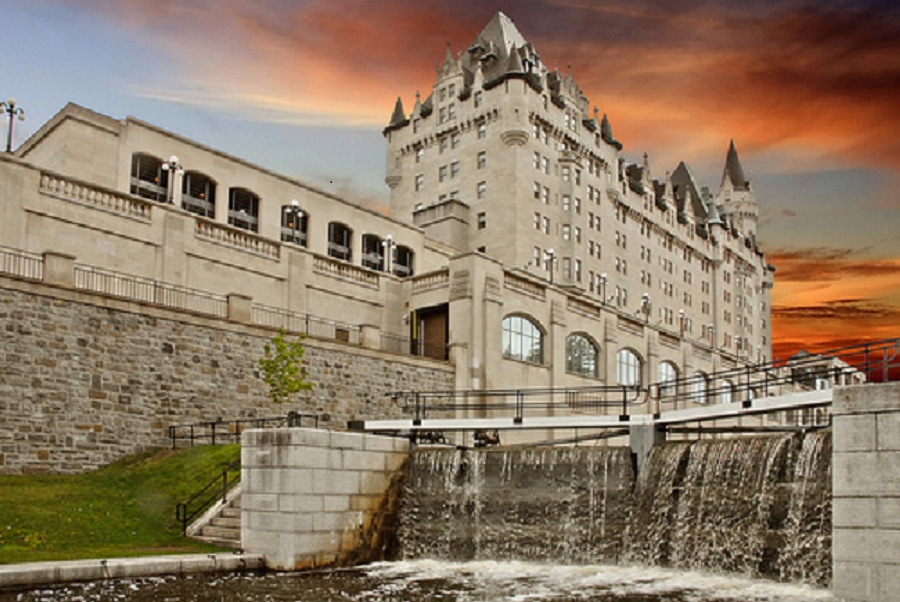

In 1907, during a time of grandeur and elegance, Ottawa's premier hotel, Fairmont Château Laurier was commissioned by American-born Charles Melville Hays, General Manager of the Grand Trunk Pacific Railway of Canada. Following a disagreement with architect Bradford Lee Gilbert, Ross and Macfarlane Contractors was hired to build the luxury hotel in French Renaissance style using granite blocks for the base, buff Indiana limestone for the walls and copper for the roof. Unfortunately, Hays never had the chance to see his dream come true. Days before the hotel's scheduled opening on April 26, 1912, the new president of the railway was returning from England with dining room furniture, on the ill-fated Titanic. Hays and the male members of his party perished on April 14, 1912.
Only Paul Chevre, who sculpted the bust of Prime Minister Sir Wilfrid Laurier, and the women in Hays' party, including his wife Clara, survived the disaster. Fairmont Château Laurier was eventually opened by its namesake, Sir Wilfrid Laurier, on June 12, 1912. At that time, Ottawa was not the refined town it is today as it reflected its rough Bytown origins. Fairmont Château Laurier changed that and was once dubbed 'the third chamber of Parliament' in reference to the number of politicians roaming the corridors of this hotel near Parliament Hill. In its rooms, political deals were made, careers launched or destroyed and governments created and dissolved.